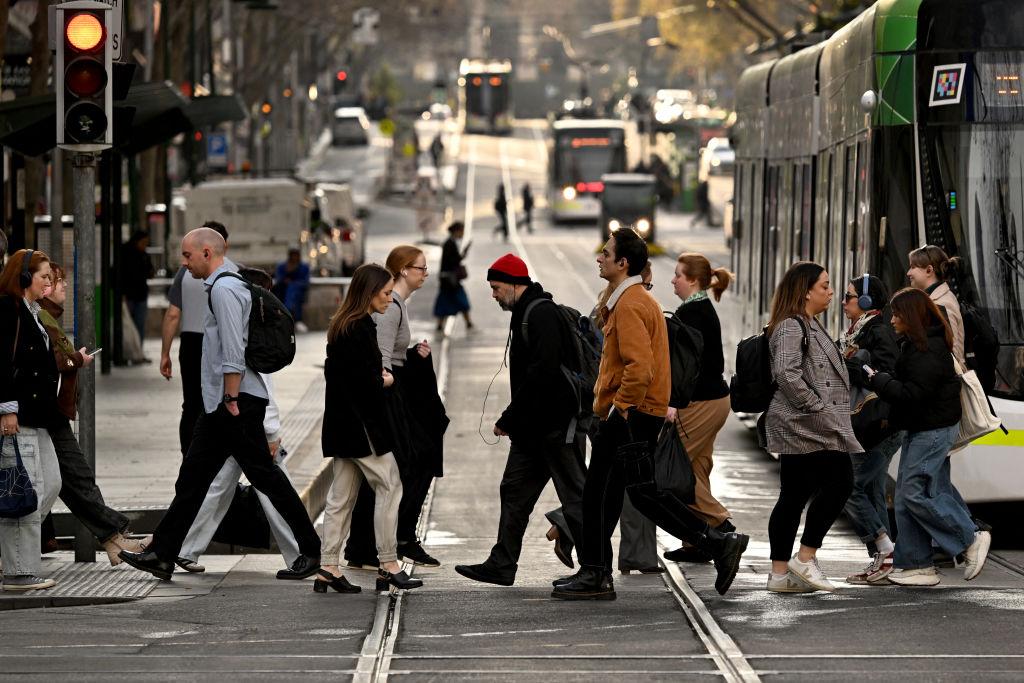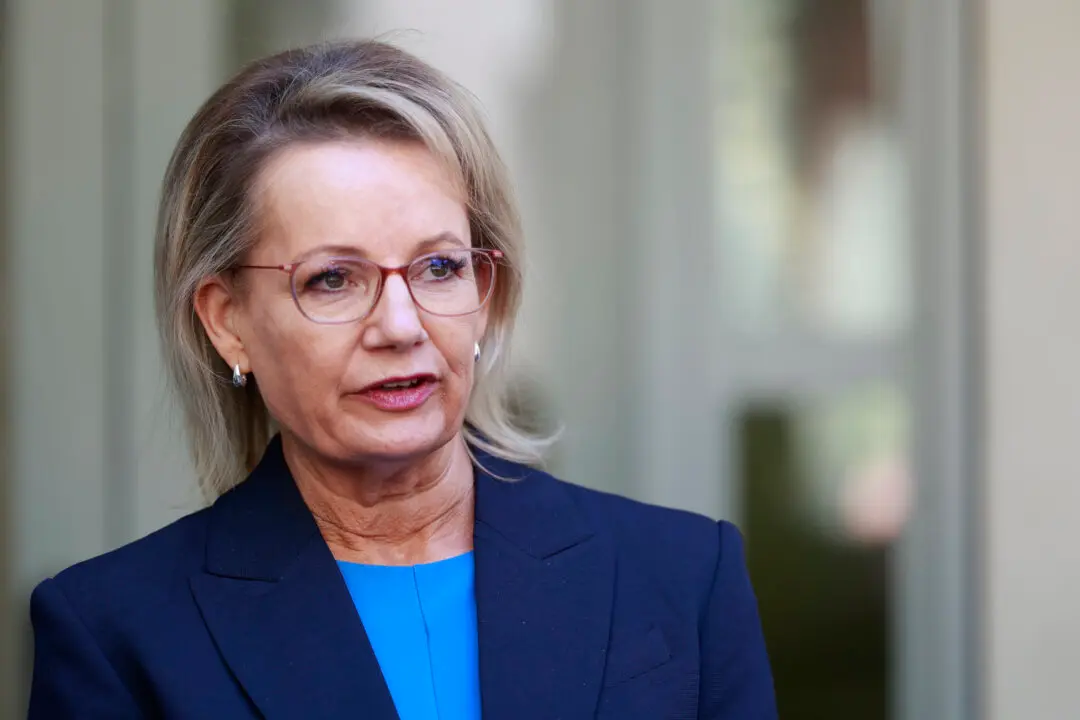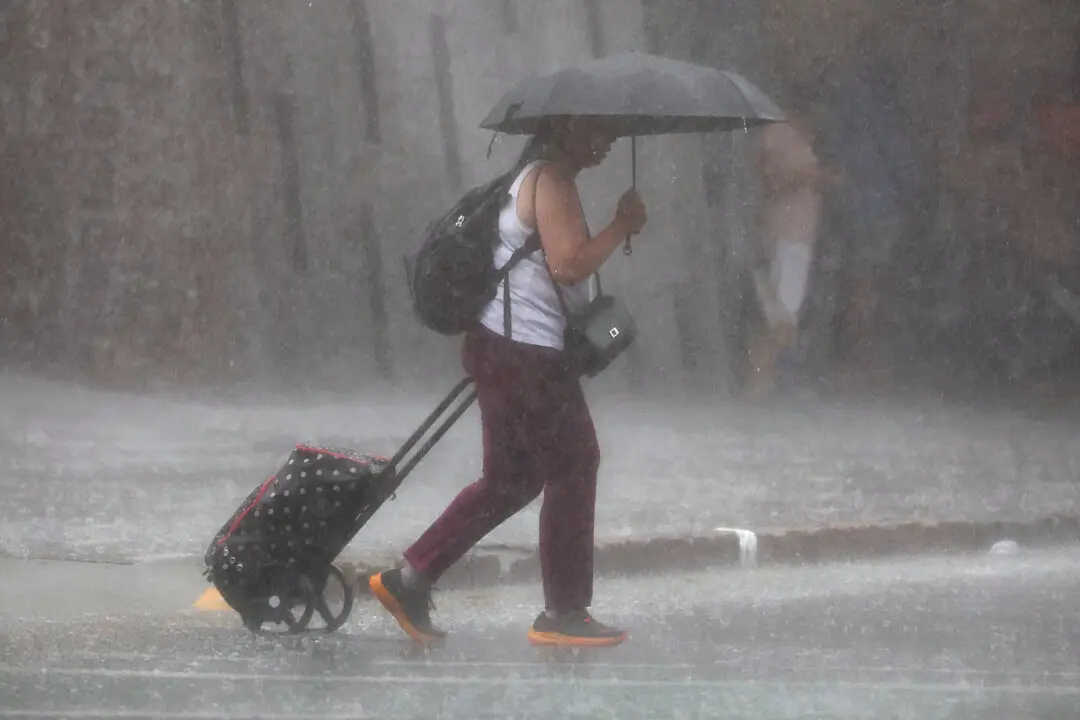Prime Minister Anthony Albanese said that his government has launched several measures to tackle cost of living, but an expert warns that government spending can only help if directed at projects that can generate a positive return.
Graham Young, executive director of the Australian Institute for Progress and pollster, has pulled the government up for overspending as reflected in the latest GDP numbers released by Australian Bureau of Statistics.





